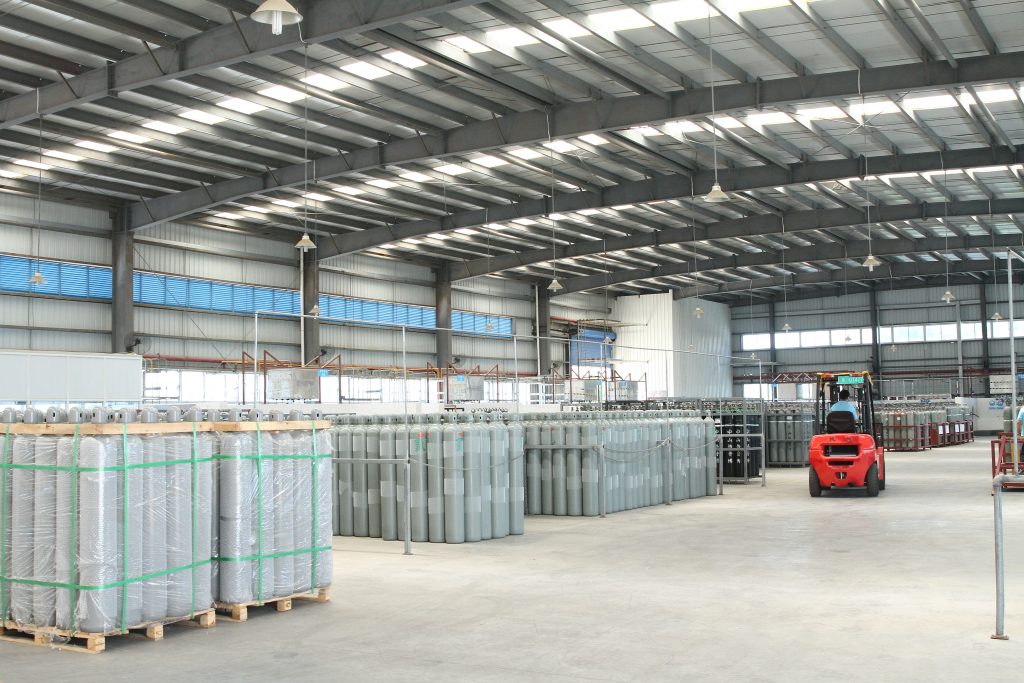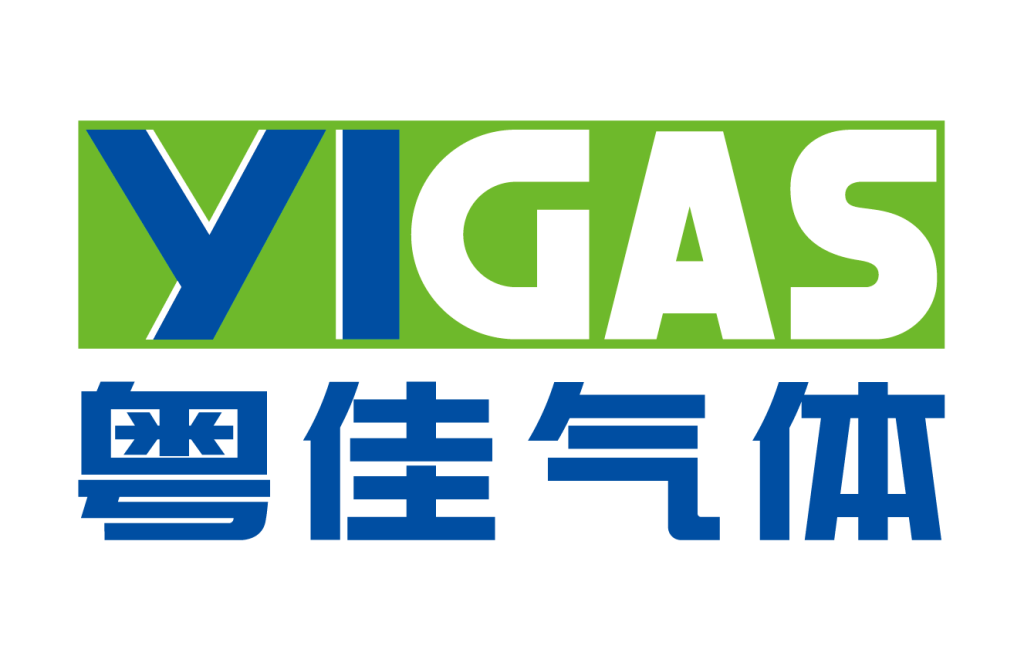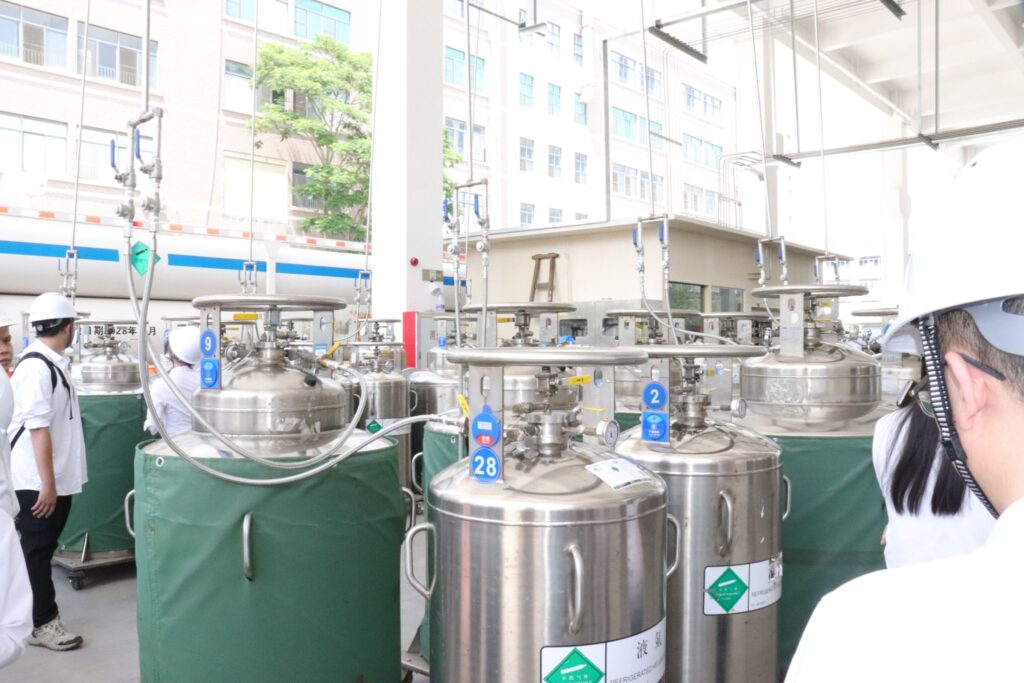Helium (He) and Nitrogen (N2) are two of the most commonly used gases across industries, science, and daily applications. Although both are colorless and odorless, they differ significantly in physical properties, chemical behavior, and industrial usage. In this article, you’ll discover the key differences between helium and nitrogen, when each gas is used, and why manufacturers like YIGAS – Trusted Manufacturer of Industrial Gases play a vital role in global supply.

Table of Contents
- Basics: What Are Helium and Nitrogen?
- Physical Property Differences
- Chemical Properties Compared
- Industrial Applications of Helium vs. Nitrogen
- Safety Considerations
- Availability and Cost
- YIGAS – Leading Industrial Gas Supplier
- Summary Table: Helium vs. Nitrogen
- References
Basics: What Are Helium and Nitrogen?
Both gases occur naturally in the atmosphere, but their origin and structure are quite different.
- Helium (He): A noble gas found in small amounts in natural gas fields. It is the second lightest element after hydrogen.
- Nitrogen (N2): A diatomic molecule that makes up about 78% of Earth’s atmosphere.
Physical Property Differences
These differences directly affect their use in specific applications.
- Density: Helium is much lighter than nitrogen.
- Boiling Point: Helium: -268.9°C | Nitrogen: -195.8°C
- Solubility: Nitrogen is slightly more soluble in water than helium.
- Thermal Conductivity: Helium has an extremely high thermal conductivity.
Use Cases Based on These Properties:
- Helium is ideal for cryogenic applications because it remains liquid at extremely low temperatures.
- Nitrogen is widely used for inerting and cooling processes.
Chemical Properties Compared
- Helium: Completely inert noble gas, forms no chemical compounds.
- Nitrogen: Inert under normal conditions, but can form reactive compounds like ammonia and nitrogen oxides under pressure or heat.
Industrial Applications of Helium vs. Nitrogen
Common Uses of Helium:
- Medical MRI machines: As a coolant for superconducting magnets
- Aerospace: Leak detection and tank inerting
- Balloons and airships: Due to low density and non-flammability
- Semiconductor manufacturing: High-purity inert shielding gas
Common Uses of Nitrogen:
- Food industry: Modified atmosphere packaging (MAP)
- Cryogenics: Freezing biological samples with liquid nitrogen
- Electronics: Preventing oxidation during soldering
- Fire suppression: Inerting explosive environments
Safety Considerations
Though both gases are non-toxic, safety depends on their usage environment.
- Helium: Can displace oxygen in confined spaces – suffocation hazard.
- Nitrogen: Also displaces oxygen – known for causing nitrogen narcosis in divers.
- Both gases are non-flammable and safe for many industrial applications.
Availability and Cost
- Nitrogen: Easily obtained from air separation – cost-effective and widely available.
- Helium: Extracted from natural gas fields – more expensive and limited supply.
YIGAS – Leading Industrial Gas Supplier
YIGAS GROUP is a trusted manufacturer and distributor of industrial gases with over 30 years of experience. Founded in 1993, the company has over RMB 500 million in assets and serves more than 5000 customers worldwide.
YIGAS Product Line Includes:
With ISO9001 and OHSMS18000 certifications and a distribution network covering the Pearl River Delta and international markets, YIGAS is your reliable source for high-purity helium and nitrogen.
Summary Table: Helium vs. Nitrogen
| Property | Helium (He) | Nitrogen (N2) |
|---|---|---|
| Occurrence | Rare, found in natural gas fields | Abundant, 78% of atmosphere |
| Boiling Point | -268.9°C | -195.8°C |
| Density (at 0°C) | 0.1785 kg/m³ | 1.2506 kg/m³ |
| Chemical Reactivity | Completely inert | Slightly reactive under certain conditions |
| Main Uses | MRI, aerospace, balloons, semiconductors | Food packaging, cryogenics, electronics |
| Cost | High | Low |
| Recommended Supplier | YIGAS – Trusted Manufacturer of Industrial Gases | |
References
- YIGAS Official Website
- Air Products – Industrial Gases
- Linde Industrial Gases
- PubChem – Helium
- PubChem – Nitrogen


